There’s More Than One Type Of Yoga?
Yes! It might surprise you to know that yoga is not a one-size-fits-all practice. In fact, it’s often completely unique to the person practising, as people tend to combine the styles of their teachers with their own personal experiences during their exercise. But that’s not what we’re focusing on today.
While all forms of yoga tend to originate from Southern Asia as a spiritual practice involving body movement, breathing exercises and meditation, most yoga exercise classes tend to focus on the asana, or body movement, part of yoga. But there are many other styles of yoga that have evolved over centuries of practice, each one with its own benefits to your body and mind. So, if you’re looking for a way to expand your yoga practice, here are 6 new styles you can try.
1. Vinyasa Yoga
At first glance, a lot of the vinyasa yoga sequences may look like a traditional asana yoga practice. But while asana yoga is fairly static, vinyasa yoga allows you to flow between the poses in a continuous movement. This means your breathing can sync up with your movement, and help you to feel calmer and more in tune with your body. The practice can be taught in a slow way, but it’s often taught in a strong, athletic way that works up a sweat. Many people call this kind of yoga ‘moving meditation’, and they aren’t wrong! Vinyasa yoga is particularly effective for people who struggle with anxiety and depression, as it provides all the benefits of aerobic exercise while providing that opportunity for a deeper mind-body connection in a calming environment.
2. Ashtanga Yoga
Ashtanga is the spiritual cousin of Vinyasa yoga. It shares some of the same elements, like the flowing movement and breathing style, but it has its own unique twists that bring a different feel to the practice. In particular, Ashtanga yoga is known for its set sequences of poses that are taught in an individual way. So rather than the more free-flowing style of vinyasa, you have a more structured routine to your self-practice. One of the reasons for this is that Ashtanga yoga places more emphasis on meditation, providing you with the headspace to breathe and look at what happens within. With your body following a set pattern, your brain is freed from thinking about what comes next and can focus on the here and now.
3. Hatha Yoga
Hatha yoga is an interesting one because in Southern Asia it’s often used as an umbrella term for many other types of yoga. But in the Western world, we tend to use it to describe a longer form of yoga, where you hold poses for a significantly longer time than in other yoga styles. For example, in Vinyasa yoga you might only hold a pose for a few seconds, but in Hatha yoga, you can hold poses for over a minute. Since you’re holding the poses for so long, Hatha is a great option for building up balance, core strength and stability. Hatha yoga poses can be done standing, sitting or lying down to accommodate for the long hold times, depending on what you need.
4. Kundalini Yoga
The practice of kundalini yoga is both spiritual and physical. The aim of this style is to release the kundalini energy in your body, which is held in your lower back.
A fast-moving, invigorating workout will challenge your core and breath. Classes such as these can be quite intense, involving chanting, mantras, and meditation. The yoga sequences are carefully designed to stimulate or unlock this energy and to reduce stress.
A kundalini class usually begins with a mantra to focus on, followed by breathing techniques, warm up exercises, progressing to more difficult poses, and ultimately ending with relaxation and meditation.
5. Yin Yoga
Yin yoga is a slower style of yoga in which poses are held for one minute, gradually increasing to five minutes or more. It is a type of yoga with roots in both martial arts and yoga, and it is intended to improve joint circulation and flexibility. The practice focuses on the hips, lower back, and thighs and employs props such as bolsters, blankets, and blocks to allow gravity to do the work, which aids in relaxation. While other types of yoga focus on the major muscle groups, yin yoga focuses on the connective tissues of the body.
Yin also aids in the recovery of hard workouts. Holding poses for longer periods of time benefits both the mind and the body by allowing you to practise being still.
6. Iyengar Yoga
This style of yoga is another slow-paced variety, where you hold the poses for longer periods with longer transitionary movements in between. What makes Iyengar different is that it also uses and encourages props during practice, like yoga blocks and straps. This is because Iyengar is focused on the precise alignment of the body, and using props can help you get into the proper positions and provide support if needed during poses. This style of yoga is great for people who don’t have full mobility or struggle with injuries or illnesses that affect their movement. The props allow you to get the full benefits of the yoga practice while supporting and protecting you during the poses.
If you want to experiment with different yoga practices, there isn’t a better place than a yoga retreat. At Balearic Retreats we aspire to offer you the ultimate getaway experience, sharing with you our love for both yoga and the Balearic Islands. During your stay, you will enjoy the sights and sounds of Mallorca, enjoy delicious and nutritious meals and experience a wide variety of yoga styles taught by experts from all around the world. Whether you’re new to yoga or looking to expand your yoga knowledge, we have the perfect experience for you. Find out about our yoga retreats.





